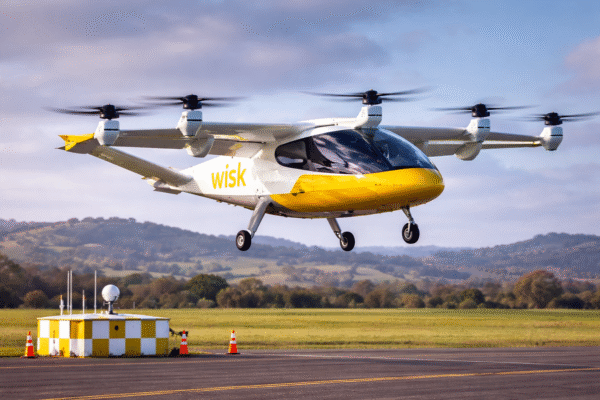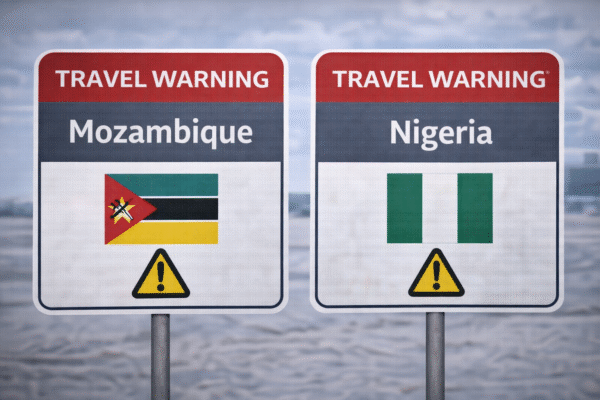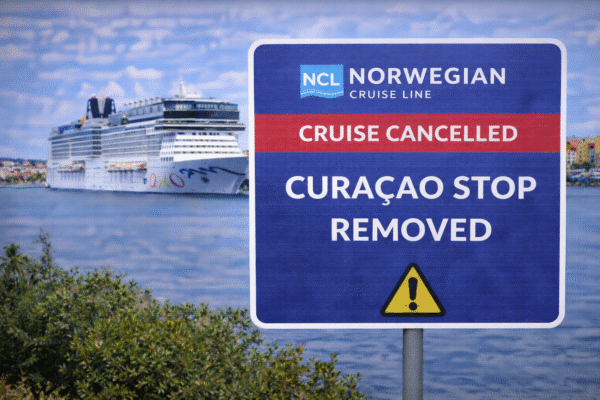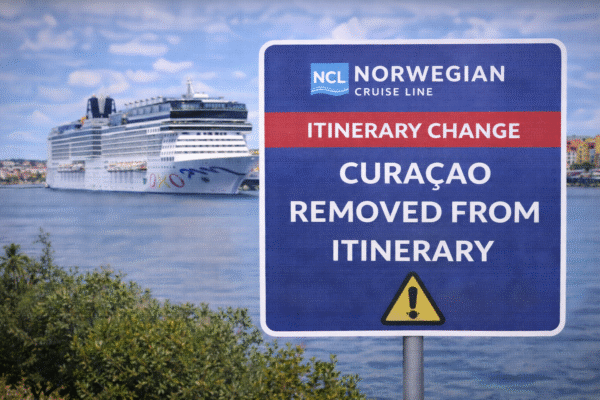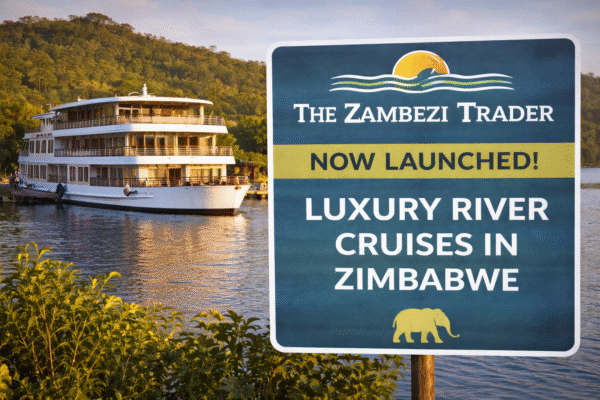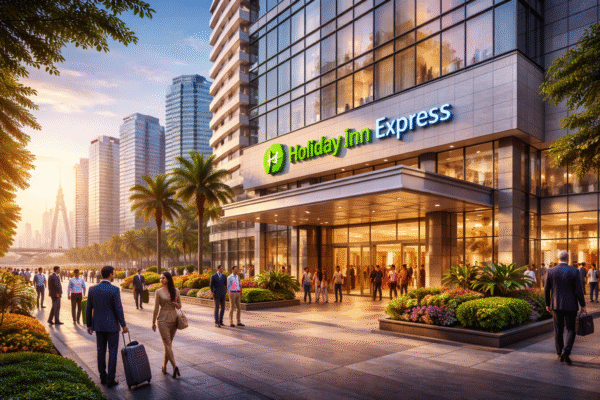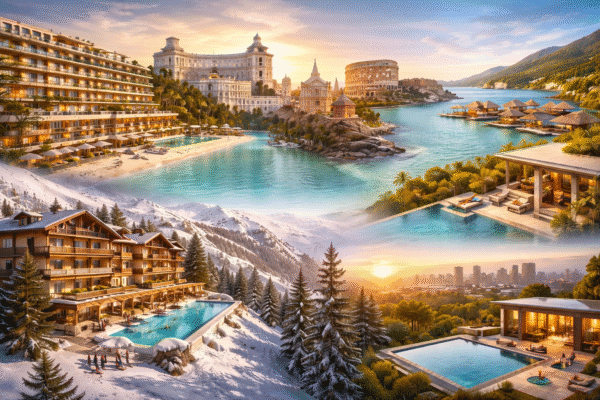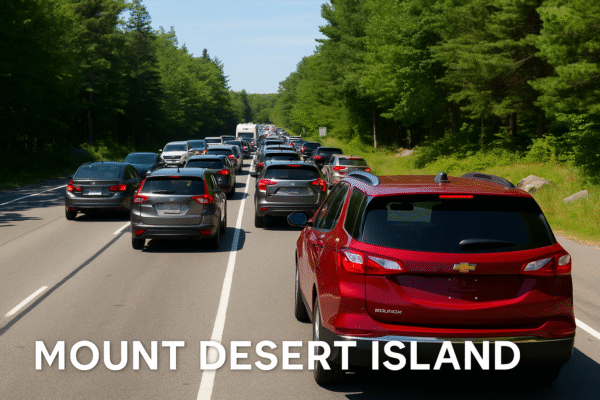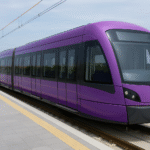Mount Desert Island (MDI), the home of Acadia National Park and one of Maine’s most treasured natural escapes, is facing an intensifying crisis: summer gridlock. As tourism numbers soar beyond pre-pandemic levels, traffic congestion, parking shortages, and overwhelmed infrastructure are diminishing the visitor experience and testing the patience of local residents.
Once a tranquil coastal destination beloved for its rocky cliffs, hiking trails, and iconic Cadillac Mountain sunrise views, MDI is now experiencing chronic vehicular overload—especially during July and August. The key culprit? An unprecedented spike in car-dependent tourism, straining the island’s limited roadways and small-town infrastructure.
From Peaceful Retreat to Tourist Hotspot
Mount Desert Island’s fame is tied closely to Acadia National Park, founded in 1916 and now one of America’s top 10 most-visited national parks. What began as an elite summer enclave has transformed into a bucket-list destination for millions of annual visitors. According to the National Park Service, Acadia welcomed over 4 million visitors in 2021—a record that has been nearly matched or exceeded every year since.
While good news for local economies, the influx has been less kind to MDI’s roads. Route 3, the two-lane causeway that connects the island to the mainland near Trenton, is a frequent choke point. At peak times, it can take more than an hour to travel the final 10 miles to Bar Harbor, the island’s primary tourist town.
Year-Round Population Static, Visitor Numbers Climb
Despite the tourist surge, MDI’s year-round population remains around 11,000. Rising housing costs have pushed many workers and longtime residents to live off-island, increasing the number of daily commuters crossing the Trenton bridge. As summer rentals and short-term vacation homes proliferate, affordable housing options for hospitality workers have shrunk, adding further strain to both roads and communities.
Many residents now report challenges accessing essential services, and tension between visitors and locals has become more pronounced.
Island Explorer: A Free Transit Lifeline with Limits
In an effort to alleviate congestion, the Island Explorer shuttle system was launched in 1999. Funded through federal grants and local partnerships, the free service connects towns across the island, as well as campgrounds and trailheads within Acadia. The buses are propane-powered and environmentally friendly, and ridership has grown steadily.
However, even with the Island Explorer operating from June through October, demand often outpaces capacity—particularly on popular routes like those serving Sand Beach, Jordan Pond, and Bar Harbor. Crucially, the service does not reach Cadillac Mountain summit, which has required timed-entry vehicle reservations since 2021 due to overcrowding.
Delayed Relief from Trenton’s Park-and-Ride
To help curb the number of cars entering MDI, the Maine Department of Transportation has invested in a new park-and-ride facility in Trenton. The lot will serve as a transit hub, allowing travelers to park on the mainland and ride Island Explorer buses into Acadia and Bar Harbor.
Initially slated to open in summer 2025, the project has been delayed due to environmental permitting and supply chain issues. Once completed, officials expect it to reduce vehicle volume on Route 3 during the summer travel peak.
The Battle for Space: Residents, Workers, and Tourists Collide
As the island’s narrow roads reach their limits, conflicts have emerged over parking, access, and public space. Popular destinations like Thunder Hole and the Park Loop Road often see full lots by mid-morning. Visitors circling for parking add to the congestion and frustration, while locals find themselves competing with tourists for basic mobility.
According to Bar Harbor’s 2024 tourism report, weekend vehicle counts have increased by 38% compared to five years ago. Emergency response times have been affected, and many town officials are calling for more rigorous visitor flow management during the high season.
A Need for Sustainable Solutions
Experts and local leaders agree: incremental changes will not be enough. Sustainable tourism management strategies, including expanded shuttle coverage, seasonal car bans in peak zones, and encouraging off-peak visitation, are now being debated.
Some have proposed a reservation system for Acadia National Park entry, similar to models used in Yosemite and Glacier. Others advocate for the introduction of ferry service from Ellsworth or Portland to reduce the number of cars crossing Route 3.
Public education campaigns are also underway, urging visitors to “Leave the Car, Take the Bus” and “Plan Early, Arrive Early.” But for many, MDI’s congestion is no longer just a peak-season problem—it’s become a defining feature of the summer experience.
Looking Ahead: Protecting the Island Experience
As Mount Desert Island grapples with the trade-offs of tourism, stakeholders face a tough question: how to preserve the island’s allure while ensuring access, equity, and livability?
In 2026, Acadia will celebrate the 110th anniversary of its founding. Without a clear path forward on traffic and crowd control, it risks undermining the very qualities that make it a world-class destination.
For now, visitors are urged to plan ahead, use the Island Explorer whenever possible, and explore less-crowded areas such as Southwest Harbor or Bass Harbor. With thoughtful action, the island can protect its natural beauty—and its reputation as one of the most cherished escapes on the U.S. East Coast.
For more travel news like this, keep reading Global Travel Wire



